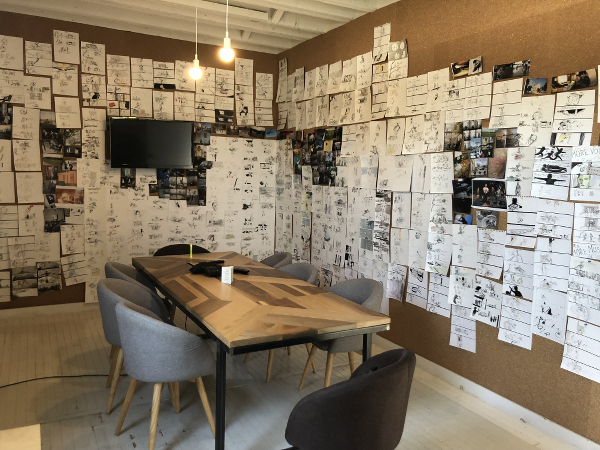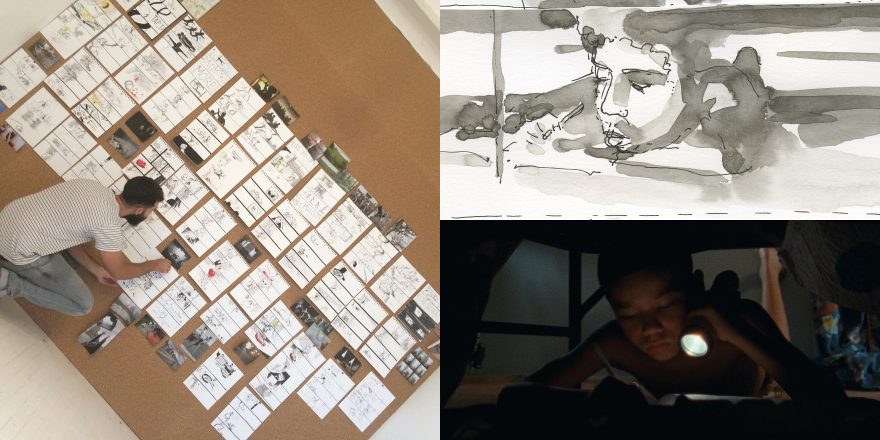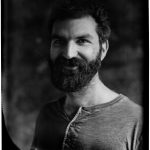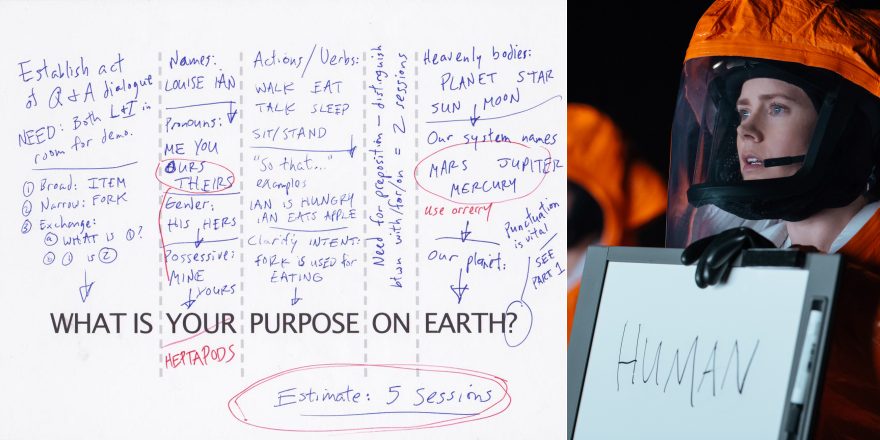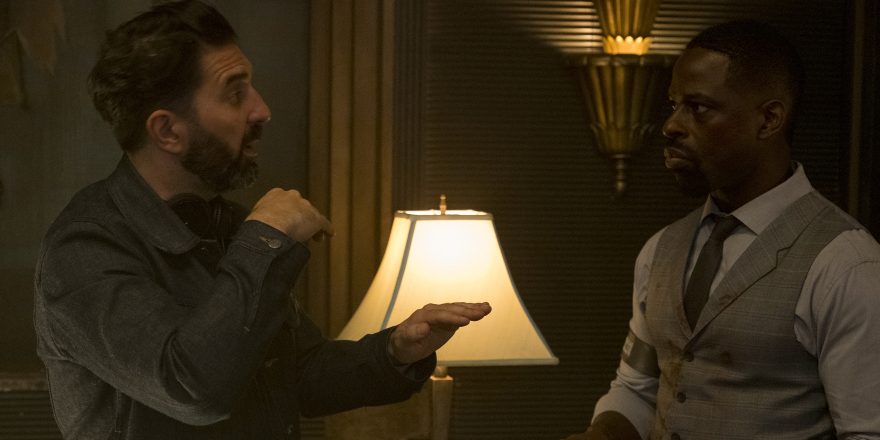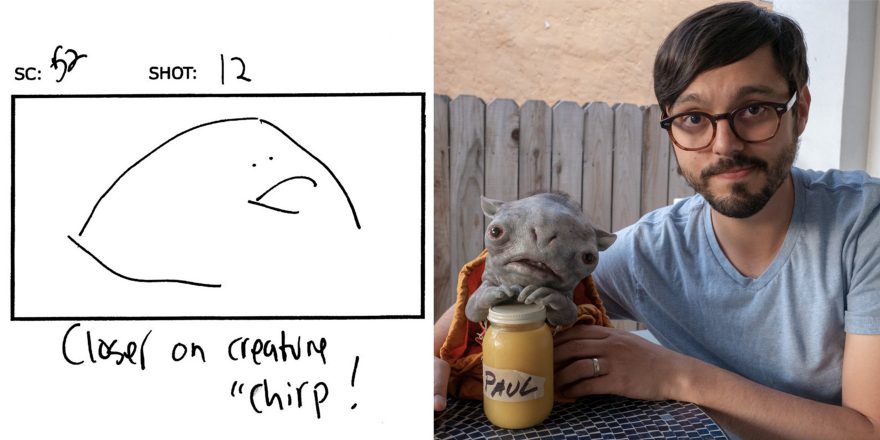When I read Justin Torres’ novel We the Animals in 2012, I had just come back from in Egypt, where I’d been editing The Square, about the 2011 Egyptian revolution. When I was working on that film, I decided that for the next few years of my life, I was going to live in Cairo and edit and be a revolutionary. I had a film in Sundance that year, so I went to the festival – but afterward discovered I didn’t have enough money to get back to Egypt. So I realized, “Oh. I guess I’m not a revolutionary …” When I wasn’t able to do this thing I was deeply passionate about, I had to ask, “What else am I passionate about? What do I believe in? What am I a zealot for?”
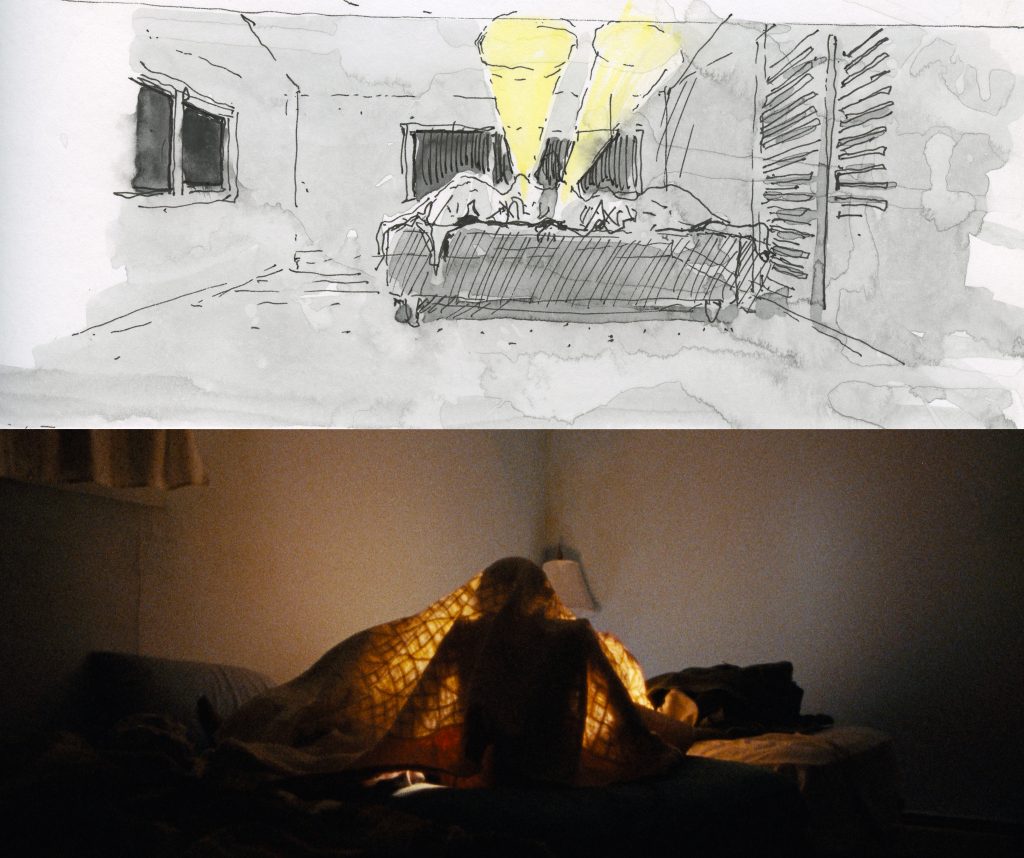
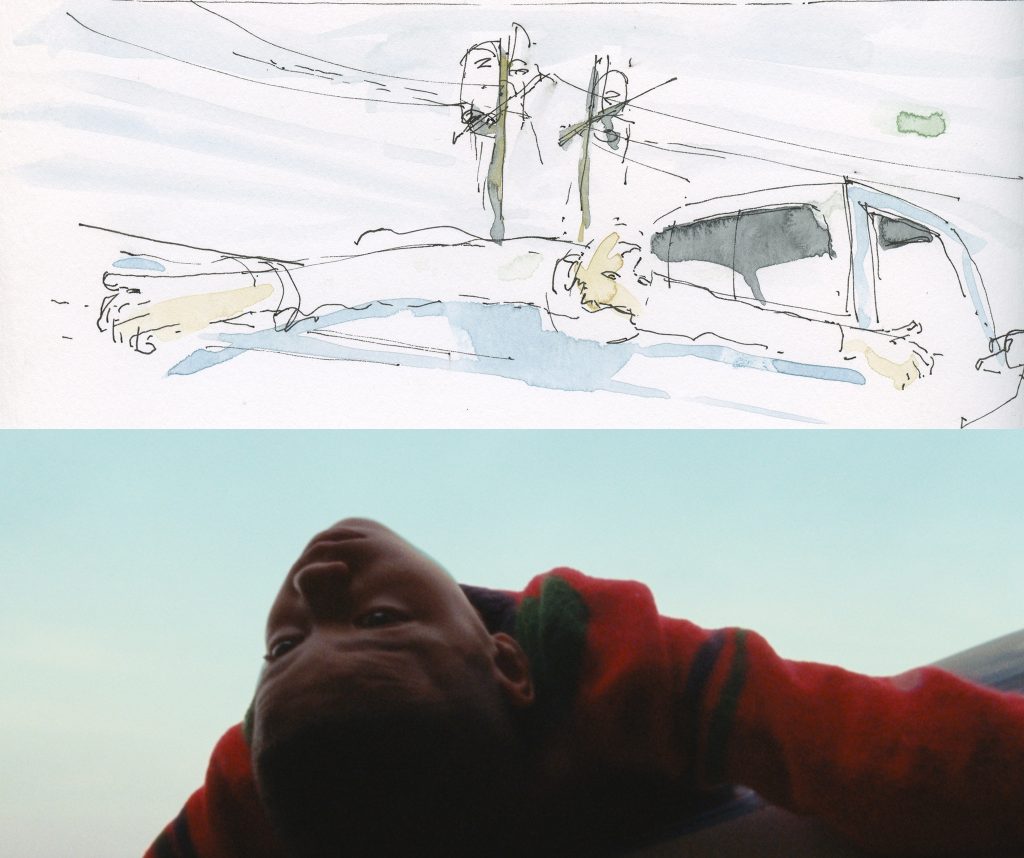
When I picked up We the Animals and started reading it, I thought, “I believe in this. I believe in family. I believe in complicated, messy, intimate movies. That’s something I understand. That’s something that I want to fight for.” I could see myself fighting for this book. It felt like my own family. The texture of the world was very familiar to me, and I was able to understand it very quickly. Justin’s book is incredibly visual, and a lot of the images in the movie come directly from descriptions in the novel. It’s not just visual, it’s sonic too. There’s a rhythm and a pacing; you feel the whole thing. Reading the book, I knew I could make it into a movie. It almost felt like I was watching it before the film was ever made. The script Dan Kitrosser and I wrote is very image-driven; there’s not that much dialogue.
From the moment I started working on We the Animals, I was collecting photographs and pulling references from movies. That stuff played a huge part in what the images in the movie are. I was immersing myself in the documentary photography of Brenda Ann Kenneally, Mary Ellen Mark, Eugene Richards and Bruce Davidson, so a lot of the images are really influenced by that work. I was also pulling tons of other visual references – Kes, Ratcatcher, Turtles Can Fly , The Tin Drum and Tarnation – trying to figure out what the look and feel of the movie was going to be.
As a documentary filmmaker, I’ve learned not to be too anxious about getting a film made quickly. Things take time, and you don’t do them until all the pieces are in place. I’m a preparation freak – I want to make sure everything is ready before we begin. There were also so many new variables for me: I had never directed actors before and I’d never made a narrative film, so I didn’t want to be on set and not know what the fuck I was doing.
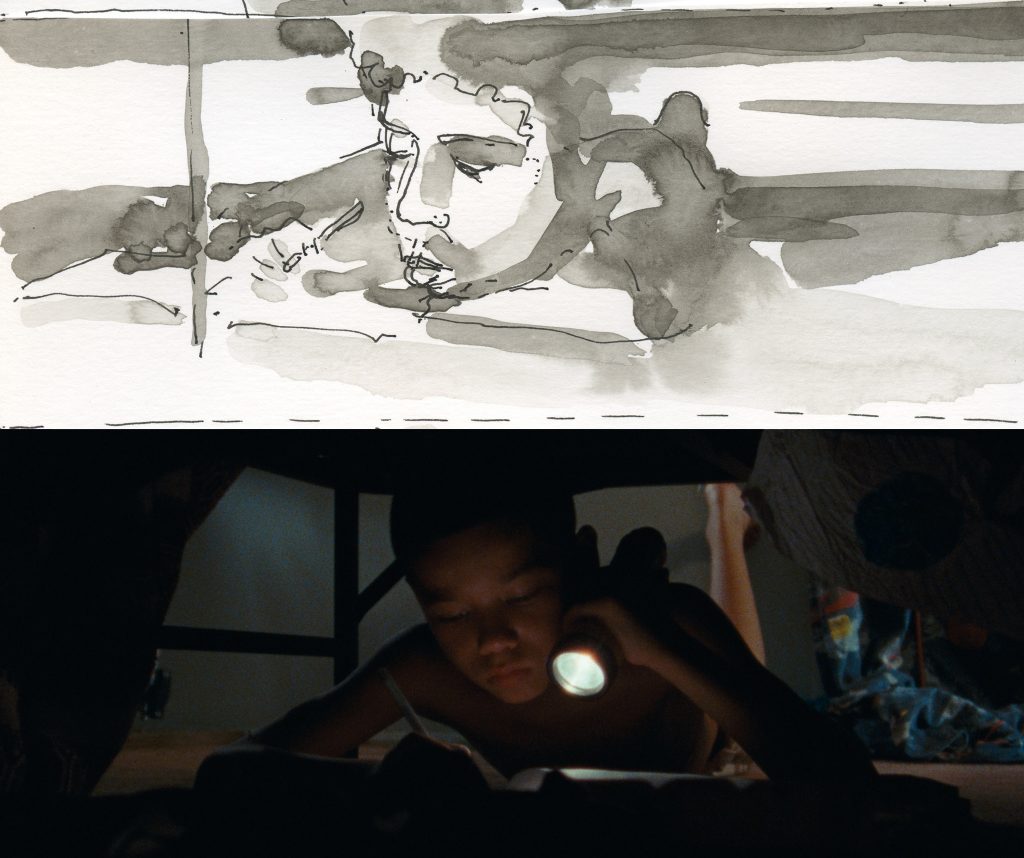
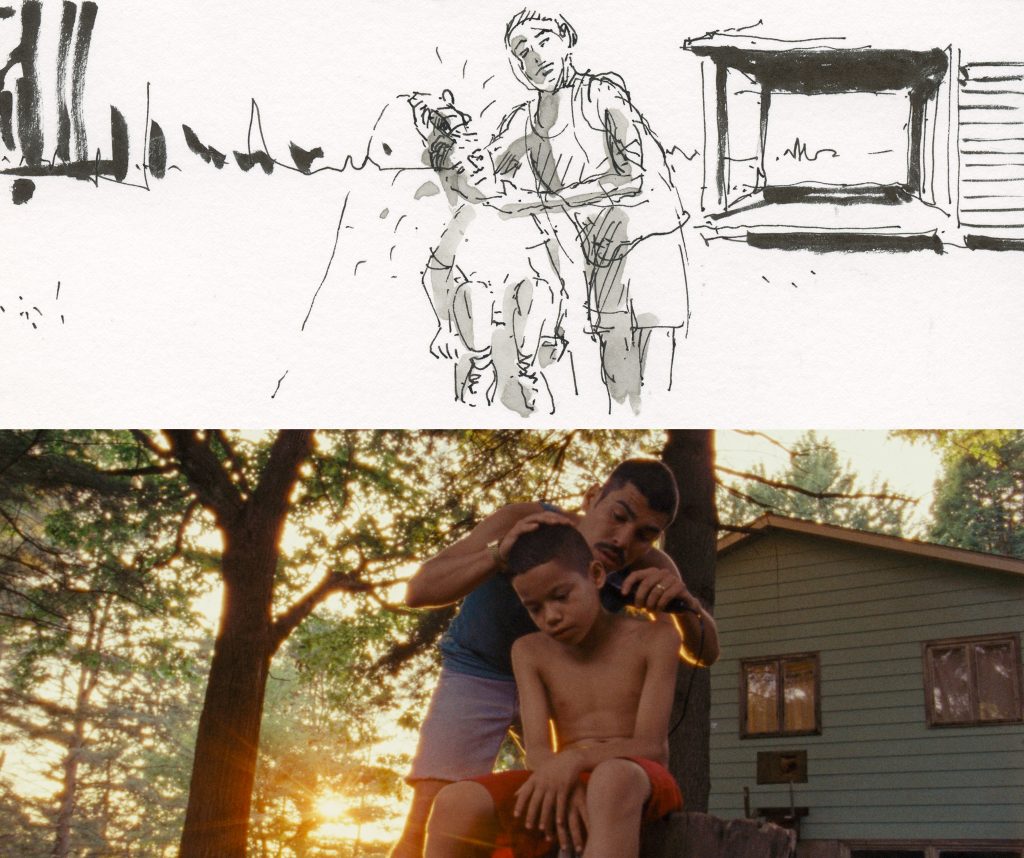
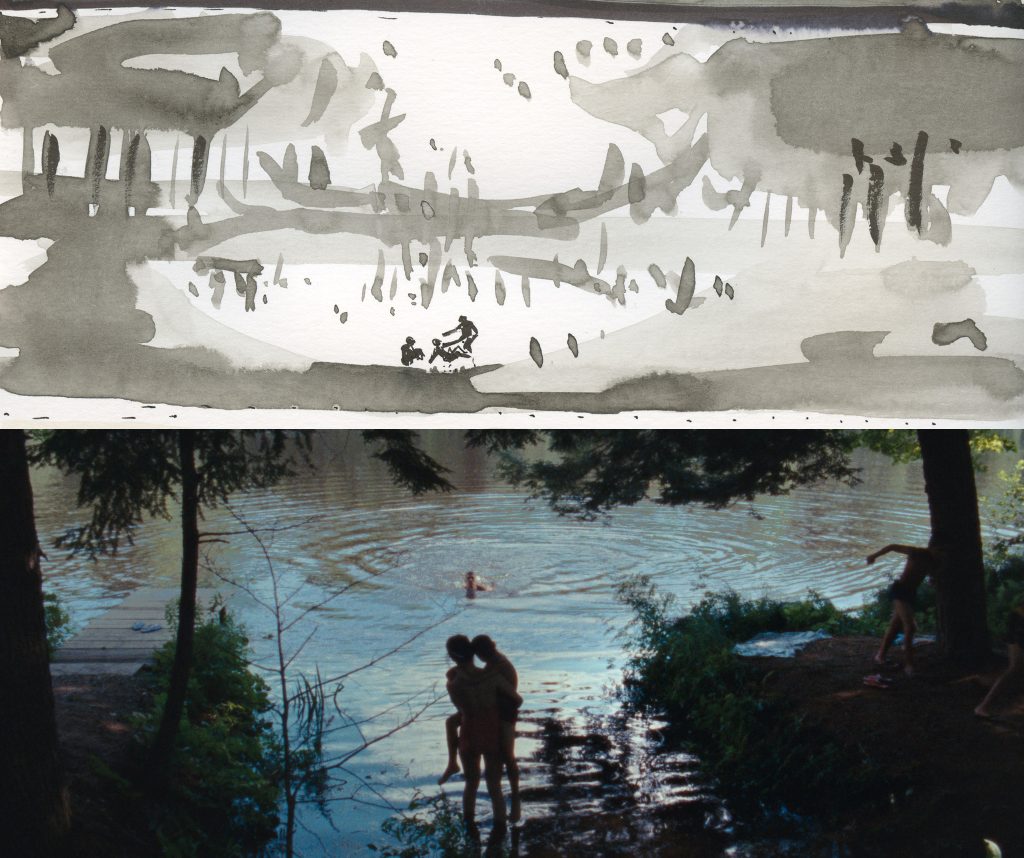
Even when I’m making a documentary, a big part of my preparation is doing storyboards and I always knew I wanted to do hand-drawn storyboards for We the Animals. The boards I draw are really bad and not something I’d ever show anyone except for my close collaborators, but for this film I wanted them to be works of art. So I put ads up all over art schools in Manhattan and Brooklyn, and one of the people who responded was Hugo Costa, a Spanish architecture professor who was a visiting scholar at Parsons. He wrote that he was “passionate with everything concerning drawing and illustration. Combining it with the cinema looks really exciting to me!”
Hugo and I met in a park near my house, and I told him drawing the storyboards would take about a hundred hours. He seemed up for the challenge, and so we started. He would come to the office, I would talk, he would draw and we’d scan the work and put it on the wall. Suddenly I could see the movie, not just in my head but on a piece of paper. I could see the images of these three boys, how the shadows would play, how everything was going to work – it was beautiful. I started to get excited about the film, and fell in love with the images before they were even fully created.
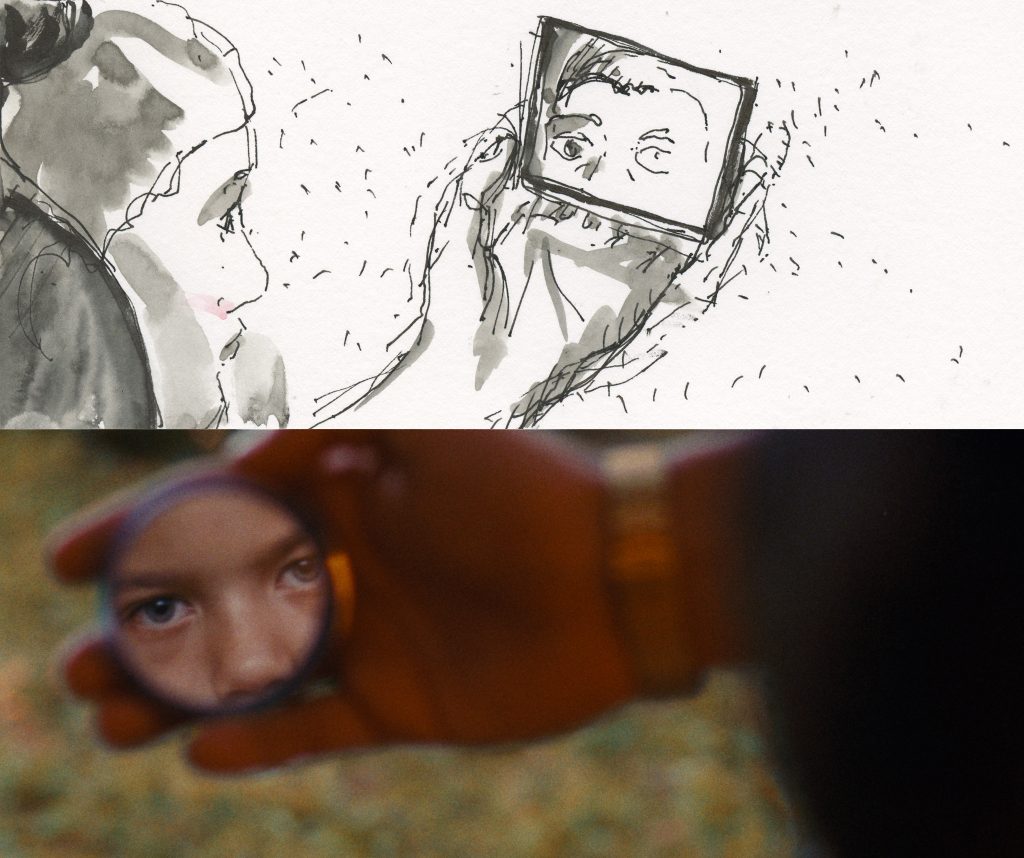
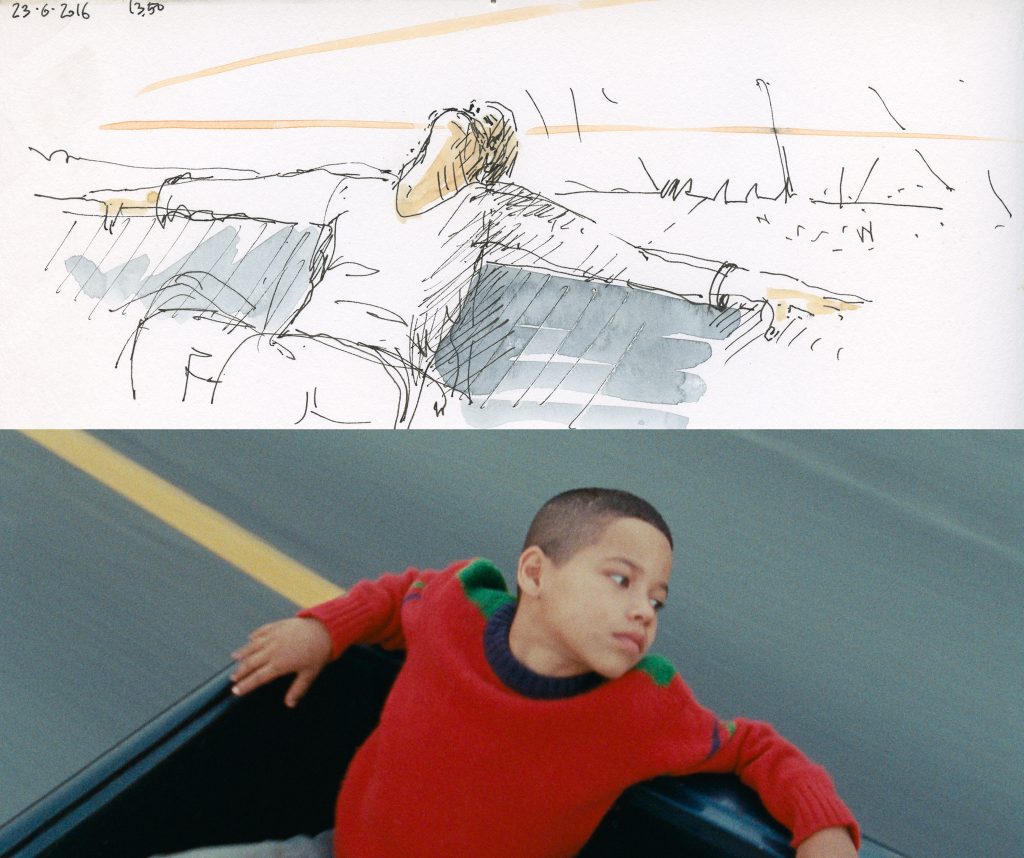
Needless to say, it took way more than a hundred hours to finish, but in the process Hugo and I became very close friends. He came with us to Utica when we shot the film, and his work provided a framework for me. I brought the storyboards to set every day; they allowed me to feel sure and free so that we could accomplish what seemed before like a crazy, impossible dream.
For me, there’s no euphoria when you’re shooting, you just have to keep moving. It’s like you’re a soldier. When you’re shooting films, you can look into the camera and see the image in the lens, but you don’t know what you actually have until you’re in the editing room, when you really spend time with an image.
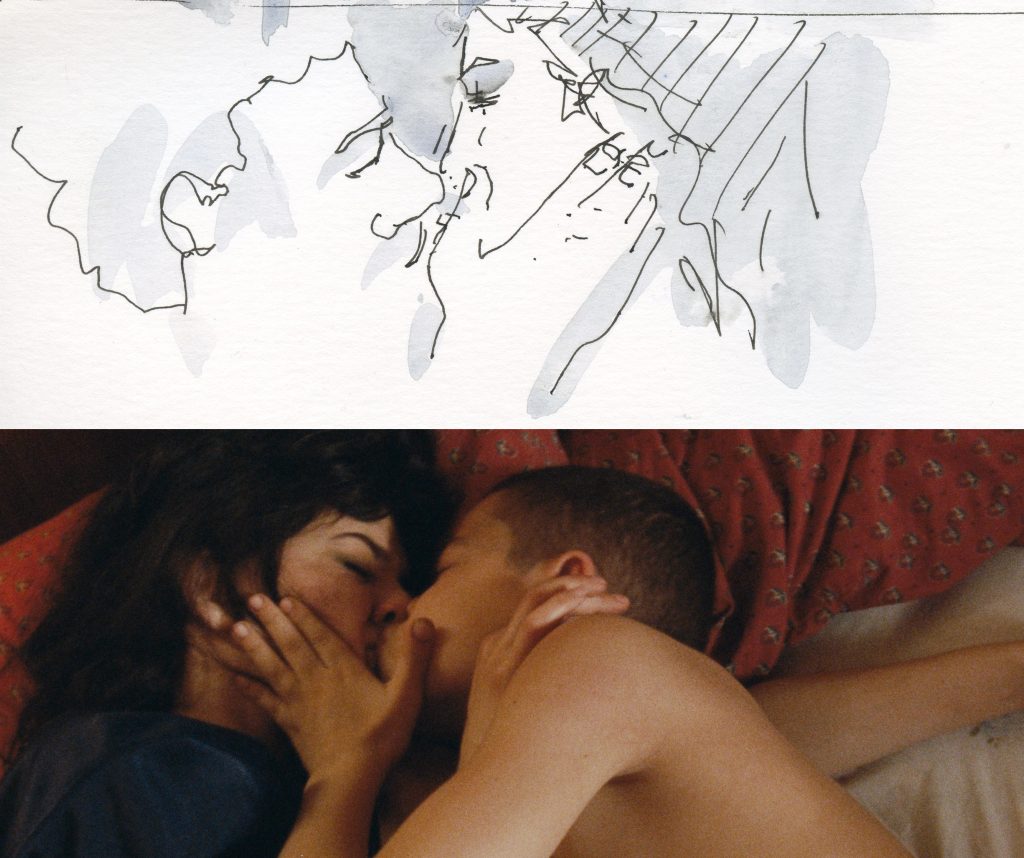
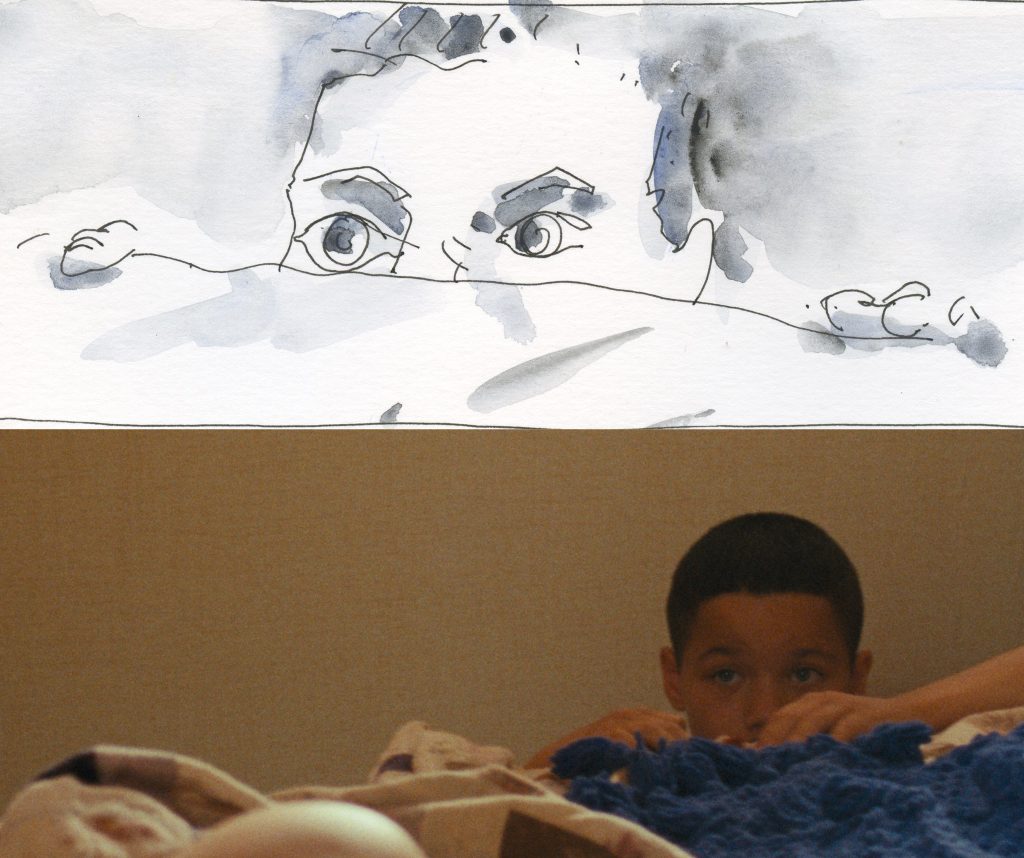
I didn’t watch We the Animals when it premiered at Sundance. I’d watched it 12 times before that, I was just sort of confused and shell-shocked. Like, “Is this a piece of shit? Is this a great movie? I don’t know.” People were telling me it was good and people were crying and hugging me, but I just couldn’t register it. Screening the movie at the Sundance Labs just a few weeks ago, though, that was an emotional experience. The labs are so important to me. I got to be with these people who are giants in moviemaking, and while hanging out with them I realized that they’re just people who are there to give advice. And I got to be one of those people. It was such a lovely euphoric, circular experience.
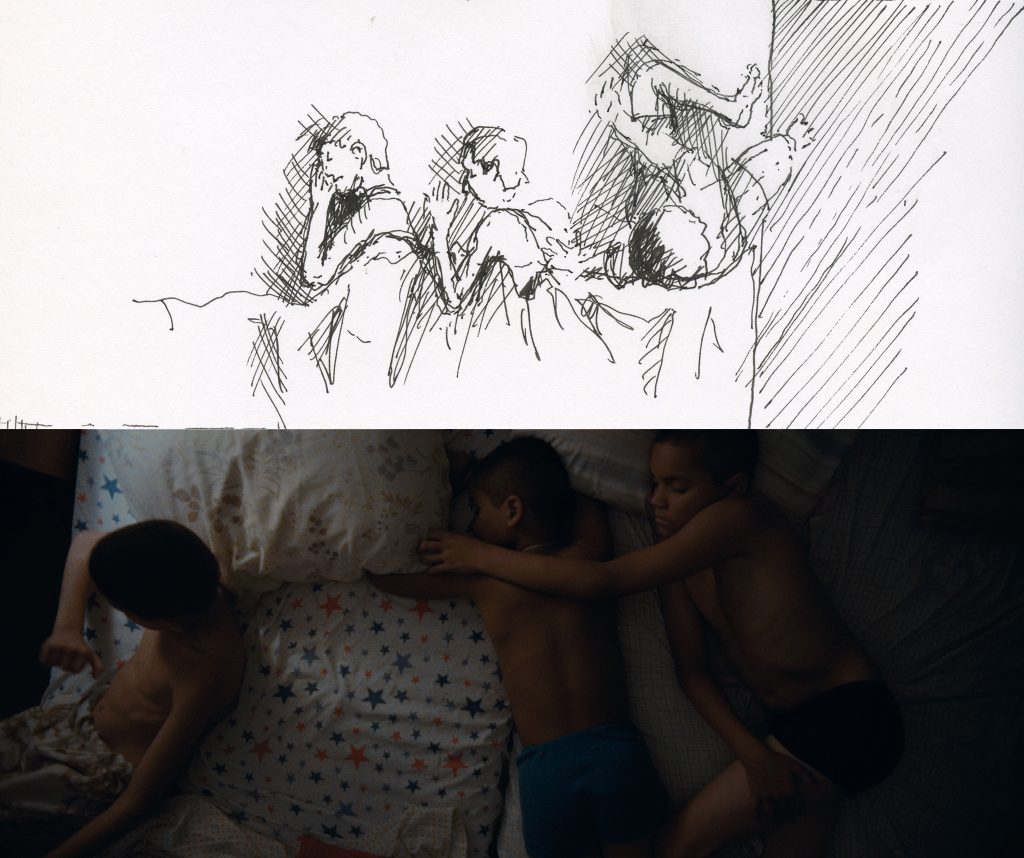
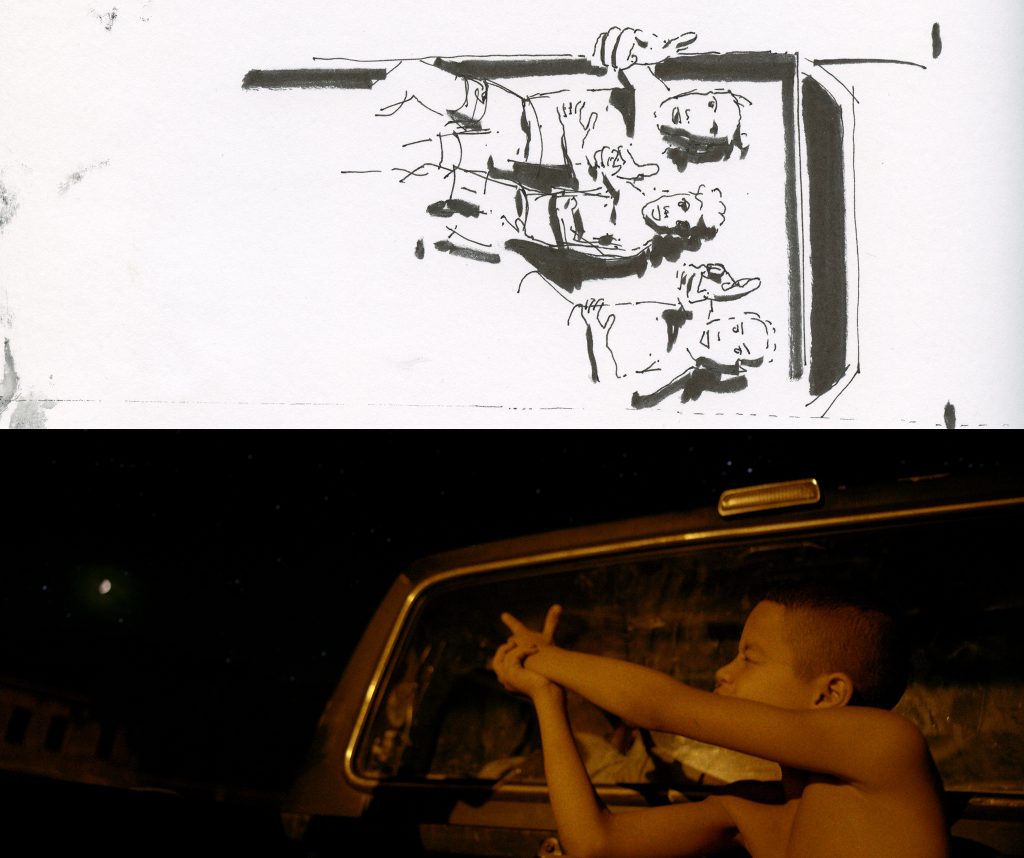
The storyboards for We the Animals are still on the wall in the office of my production company, Public Record. They don’t just tell the story of the film, they also tell the story of us making the film. I love the tangible ephemera of creation. It’s really lovely to come into that space and see the fruits of our labor, to see the art and the love that went into the movie. It’s a very meaningful thing.
